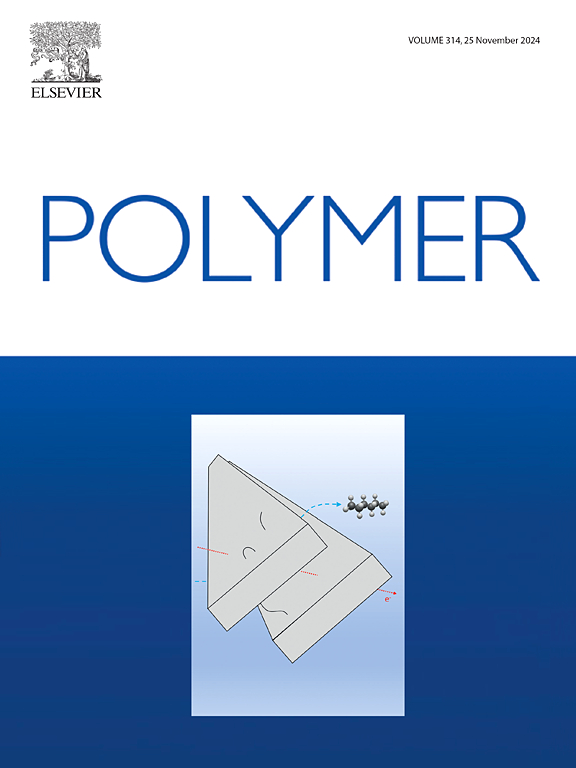Acidity and polarity – Overcoming challenges of the enzyme catalyzed polycondensation of adipic acid and 1,4-butanediol
IF 4.1
2区 化学
Q2 POLYMER SCIENCE
引用次数: 0
Abstract
Using enzymes in polycondensation reactions poses several advantages in terms of sustainability like reduced temperatures and limited side reactions which allows the synthesis of new polymers. The prediction of the enzymes’ performance is challenging due to its sensitivity to monomer selection and reaction conditions. Since reported results on short-chain dicarboxylic acids and diols often showed low conversions without conclusive explanations, a systematic investigation of the apparently simple polycondensation between adipic acid and 1,4-butanediol was carried out. Screening of reaction temperatures revealed that the performance of Candida antarctica lipase B immobilized on Immobead 150 increased from 30 to 50 °C until deactivation took place at 60 °C. While the diol component did not significantly influence the reactions of short-chain adipic acid esters, the solubility of the free adipic acid in the diol increased with decreasing diol length and rising temperatures. Enzyme deactivation was thus primarily ascribed to the acidity of the reaction medium which is both polarity- and temperature-dependent. Due to low molecular masses after 24 h reaction time using isothermal conditions, the equilibrium was shifted by temperature elevation and pressure reduction in a second step. The formation of oligoesters, in which the monomers were consumed, resulted in less acidic media thus preventing enzyme deactivation even at 60 °C. Increasing the reaction temperature from 40 to 60 °C combined with reducing the pressure led to poly(butylene adipate) samples with average weight molecular weights above 20,000 g mol−1 using a 1:0.95 ratio of diol and dicarboxylic acid.


求助全文
约1分钟内获得全文
求助全文
来源期刊

Polymer
化学-高分子科学
CiteScore
7.90
自引率
8.70%
发文量
959
审稿时长
32 days
期刊介绍:
Polymer is an interdisciplinary journal dedicated to publishing innovative and significant advances in Polymer Physics, Chemistry and Technology. We welcome submissions on polymer hybrids, nanocomposites, characterisation and self-assembly. Polymer also publishes work on the technological application of polymers in energy and optoelectronics.
The main scope is covered but not limited to the following core areas:
Polymer Materials
Nanocomposites and hybrid nanomaterials
Polymer blends, films, fibres, networks and porous materials
Physical Characterization
Characterisation, modelling and simulation* of molecular and materials properties in bulk, solution, and thin films
Polymer Engineering
Advanced multiscale processing methods
Polymer Synthesis, Modification and Self-assembly
Including designer polymer architectures, mechanisms and kinetics, and supramolecular polymerization
Technological Applications
Polymers for energy generation and storage
Polymer membranes for separation technology
Polymers for opto- and microelectronics.
 求助内容:
求助内容: 应助结果提醒方式:
应助结果提醒方式:


